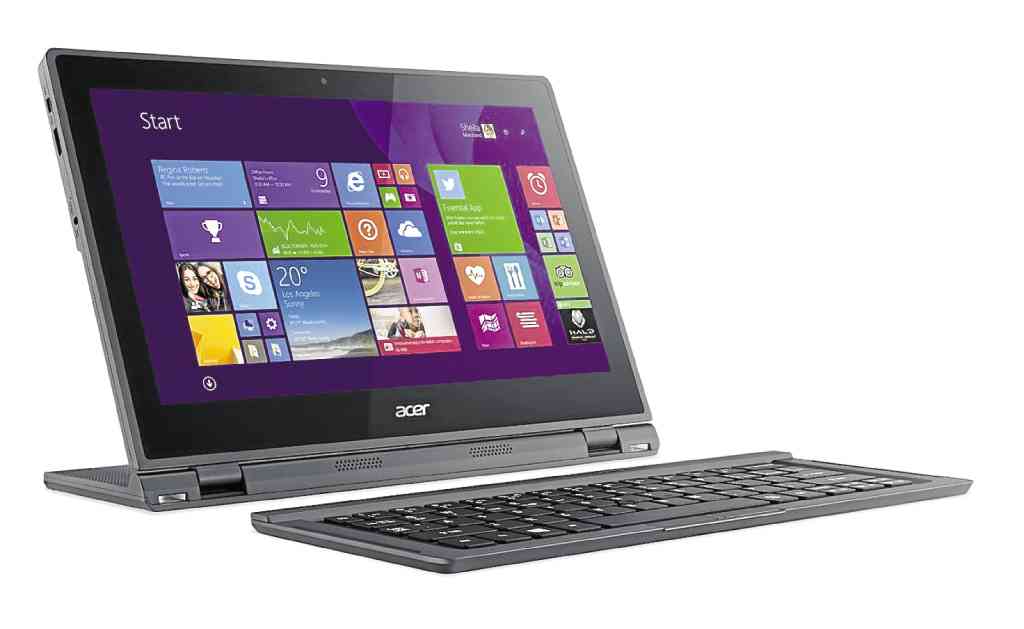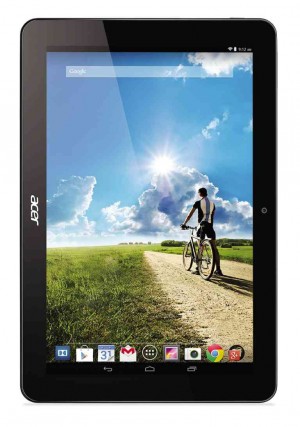A company official worth his salt visits the markets where his firm maintains a presence in order to help local teams strategize and expand the business.
Often, officials go on these trips to look into the problems of local teams and identify new game plans and policies to further raise revenues and market shares.
But for Oliver Ahrens, senior vice president of multinational hardware and electronics firm Acer Inc., his first trip to the Philippines last week marked a departure from his normal experience.
“Usually, I only come to a country when there is a need to. The Philippines is an exemption. The Philippines is, really, for us something like a poster boy for business,” Ahrens says during a briefing last week.
“If you ask me, the Philippines has, in Asia Pacific, the best go-to-market strategy, and the best new production introduction (NPI) process. Positioning products, and communicating these to the distribution channels—nobody is doing it as good as the Philippines. And this one of the reasons for our high market share here. For me, it is also a learning trip to understand a little bit more how [things are] done here,” he explains.
True enough, Acer Philippines Inc. expects to sustain its strong momentum this year, with revenues projected to grow by a double-digit pace anew, while its market share in key product segments could further rise to cement its foothold in the local market.
“The Philippines for us is a center of excellence where other markets can learn,” Ahrens says, adding that the country is considered to be one of the fastest growing, even if it is not the biggest, markets in the Asia Pacific.
According to Ahrens, the company is also now looking at the business models being employed in the Philippines, particularly for new product introductions, which can be replicated in some countries in the region where Acer’s market share appears to be lower.
For the whole Asia Pacific region, Acer’s market share ranged only from 8 to 11 percent.
“We want to bring up the market share in the Asia Pacific. If we achieve at least half of the market share in the Philippines, then we would be happy with that,” Ahrens says.
In the Philippines, Acer managed to grow revenues by 15 percent last year, driven largely by the personal computer (PC) segment, which accounted for about 20 percent of the total market share in the country, says Manuel Wong, Acer Philippines managing director.
In the notebook computer segment alone, Acer grabbed a 40-percent market share, reaffirming the company’s position as the No. 1 overall branded PC vendor in the country.
Acer’s presence in the smartphone and tablet category, however, remained marginal at 2 percent and 4 percent, respectively. But company officials are bullish of their prospects of being able to raise these market shares to about 4 percent for smart phones, and more than 5 percent for tablets.
To help raise sales and market shares, Acer will be launching new products in the country this year. While declining to disclose specific models, Ahrens says that Acer will bring in new 7-inch and 10-inch tablets in the country, as well as gaming tablets to cater to a growing market segment.
This year, the company’s traditional business segments are still expected to contribute 90 percent of the company’s revenues, according to Ahrens. But Acer will be bringing in two-in-one and new gaming products, and will further expand the offerings for the upper middle classes given the growing demand from this segment.
Asked if Acer still has plans to resume assembly operations in the Philippines, Ahrens says that the company is “open” to the idea, but that such a move “must make commercial sense” before the electronics firm commits to it.
Although the volumes are enough to justify a manufacturing facility here, the demand from the local market however, can be more efficiently supplied by its other facilities located elsewhere in the region.
Acer has production facilities in China, India, and Indonesia.
Acer first entered the Philippine market in 2003, managing the marketing, sales, and support services for a full range of personal computer systems from notebooks to peripherals.
Key products included Aspire and TravelMate mobile PCs, Aspire and Veriton desktop PC series; DLP projectors; LCD monitors; servers and storages; Acer smartphones; and the Iconia series of tablets and touch books.



